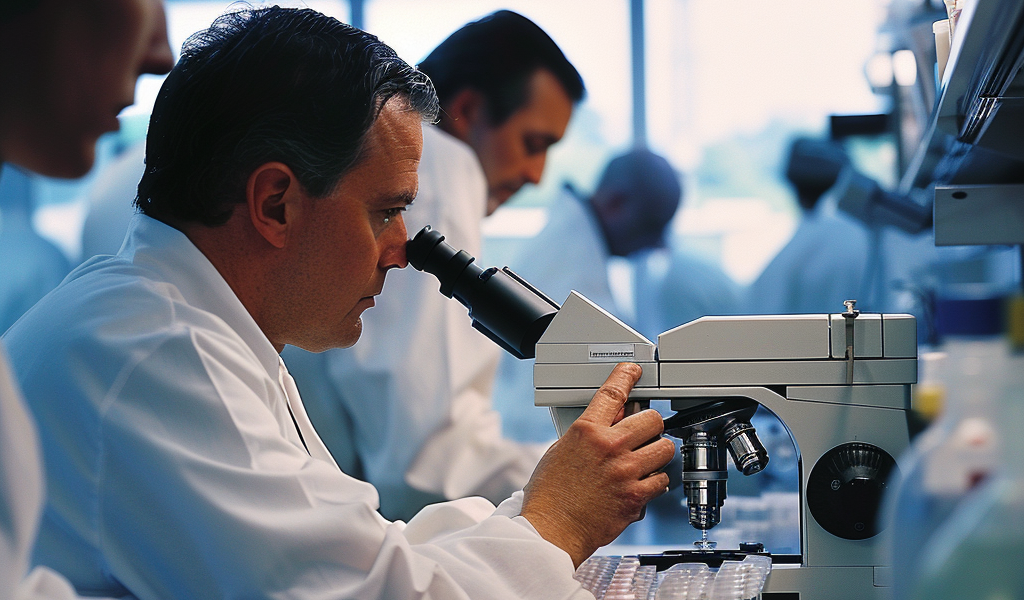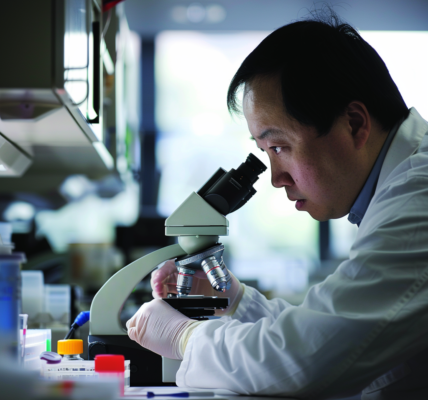Recent advancements in stem cell research have brought new hope for understanding aging and its associated diseases. Researchers have successfully extracted stem cells from the blood of individuals known as ‘superagers’—those who are 100 years old or older—and have reprogrammed these cells to regain their ability to transform into any cell type within the human body. This groundbreaking study aims to unveil the mechanisms behind cellular aging and the exceptional resilience of certain individuals against age-related diseases, including Alzheimer’s.
Thomas Perls, a prominent Professor of Medicine and Geriatrics at the Boston University Chobanian & Avedisian School of Medicine, has been at the forefront of this research. Alongside Dr. George Murphy, a skilled stem cell biologist from the same institution, Perls has been conducting extensive studies on centenarians. Perls emphasizes that while aging is an inevitable process, there are ways to potentially slow it down and mitigate the onset of age-related illnesses.
“Aging is unavoidable as are the laws of physics,” Perls stated in a recent interview. “However, we believe that it is possible to slow down aging and delay the diseases that accompany it, allowing individuals to enjoy longer lives with fewer health issues as they approach the end of their lifespan.” This philosophy drives the New England Centenarian Study, which Perls initiated in 1995 during his training as a geriatrician at Harvard University.
Initially involving around 50 centenarians, the study has since expanded significantly, now enrolling approximately 2,500 centenarians along with 600 of their descendants. The oldest participant in this remarkable study lived to the age of 119, showcasing the potential for extended longevity among this unique population.
The ability to reprogram the stem cells of individuals in advanced age is viewed as a ‘game changer’ in the field of aging research. Perls explains that this innovative approach allows scientists to investigate the biological mechanisms that contribute to the longevity of ‘superagers’ without the need for preliminary testing on animals. This direct access to human cells accelerates the research process, potentially leading to faster discoveries regarding age-related conditions.
As part of their commitment to advancing scientific knowledge, the Boston-based researchers have made their centenarian data available to the global scientific community. Perls noted, “Any scientists studying aging or aging-related diseases may find these banked cells to be useful in making or testing their discoveries. They are far too precious and unique a resource to keep to ourselves.” This open-access approach underscores the collaborative spirit of modern scientific research.
While Perls does not categorize aging as a disease that can be cured, he is optimistic about the potential for scientific advancements to lessen its impact on individuals’ lives. This research is particularly promising for the baby boomer generation, which includes those born between 1946 and 1964 and currently ranges in age from 60 to 78. Perls speculates that as many as 5 to 10 percent of this demographic could achieve centenarian status, thanks to ongoing developments in healthcare and lifestyle choices.
The implications of this research extend beyond mere longevity; they offer insights into how we might improve the quality of life as we age. By understanding the cellular mechanisms that allow certain individuals to age gracefully, scientists hope to develop interventions that could help the broader population experience similar benefits.
As this research progresses, the potential for breakthroughs in the understanding of aging and its related diseases grows stronger. The focus on ‘superagers’ may illuminate new pathways for treatment and prevention, paving the way for healthier aging for future generations.
In summary, the exploration of stem cells derived from centenarians presents a significant opportunity to unravel the complexities of aging. As researchers continue to delve into this field, the hope is that we can not only extend lifespan but also enhance the quality of life for individuals as they navigate the later stages of their journey.





